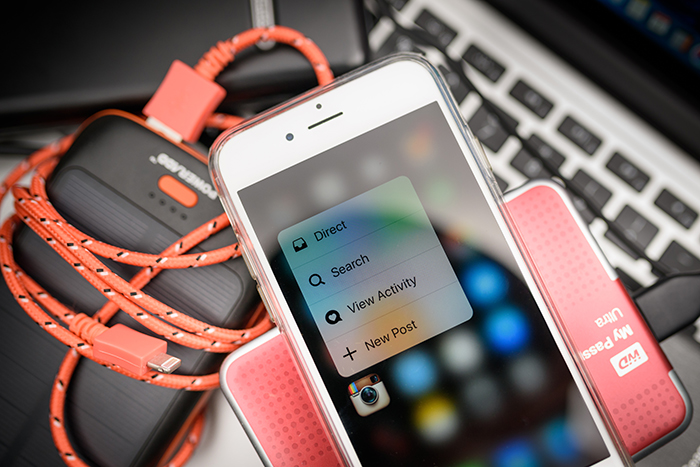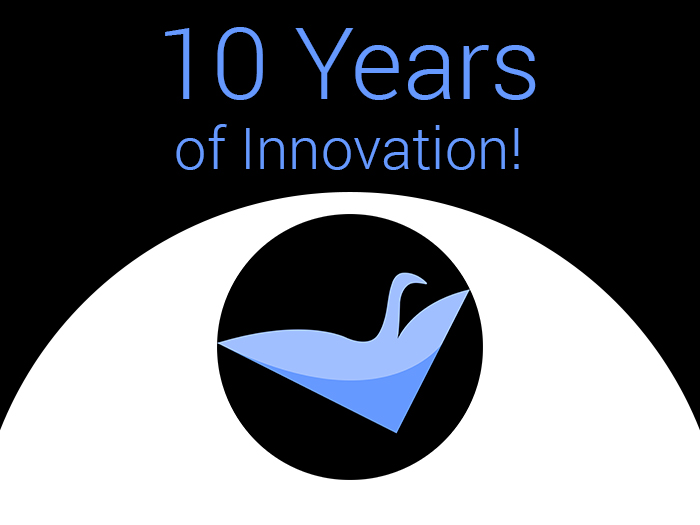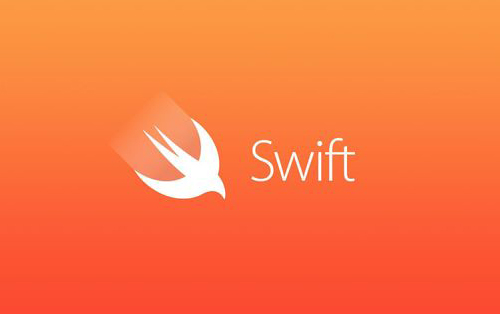3D Touch, Force Touch, and Apps
The second generation of iPhones with 3D Touch are spreading everywhere. And Force Touch (though at this point it’s only available on the 13” Retina Macbook Pro trackpad) is rumored to be coming to iPhone. Not only that, but about 25% of the new Android phones in 2016 have a force touch system, and Android […]
Industry Trends

The second generation of iPhones with 3D Touch are spreading everywhere. And Force Touch (though at this point it’s only available on the 13” Retina Macbook Pro trackpad) is rumored to be coming to iPhone. Not only that, but about 25% of the new Android phones in 2016 have a force touch system, and Android N is rumored to include the feature. So how do 3D Touch and Force Touch affect your app development?
A learning curve
In the short term, it’s all about catching up. Typically there’s about a year of development lag when Apple releases new technology, as when Multi Touch first came out. While Apple has created a developer site with guides and sample code, part of the hurdle lies in re-envisioning how new nuances in touch can change user interactions with apps. The same will happen with Android devices, with a slight delay in wide-scale implementation while developers figure out the best way to use the technology.
A deeper UI
The most obvious benefit of 3D Touch is that it allows the device to distinguish between selections and actions. Let’s look at a common example on the iPhone: rearranging apps on your home screen. If you hold your finger on an app icon, all the icons begin to wiggle. In the new world of 3D Touch, users will be able to use this kind of functionality to dip into apps in a more intuitive way. They can use extended touch to pull up menus, previews, and so on without fully entering the app using a function known as “peek”. A harder press, known as a “pop”, will allow users to go straight to the function they chose using peek, rather than having to load the app and then navigate through it. Thus, users will move more intuitively between apps. Fundamentally, 3D Touch has the potential to be the end of the shallow UI previously offered by smartphones.
Innovative interactions
Developers have an opportunity to optimize peek and pop functions in intuitive and engaging ways, by doing a deep dive into how users interact with current interfaces. There’s also room for innovation, since developers can create custom actions using the 3D Touch gesture. Developers have already run with this, using 3D Touch to create pressure-based nuance on piano keyboard apps, and pressure-based differences in line breadth on drawing apps.
New forms of engagement
One interesting wrinkle that bears further discussion is how 3D Touch is going to change in-app advertisements. Right now, ad success is measured in terms of views and engagement, but if users can access specific functions without fully loading apps, they may bypass ads completely. So developers will need to take a serious look at how peek and pop affect engagement.
Some of the best innovations in 3D Touch functionality are coming from third-party developers right now. There’s an exciting opportunity to be on the forefront of a wave of creative development, creating intuitive interfaces that will delight users.




